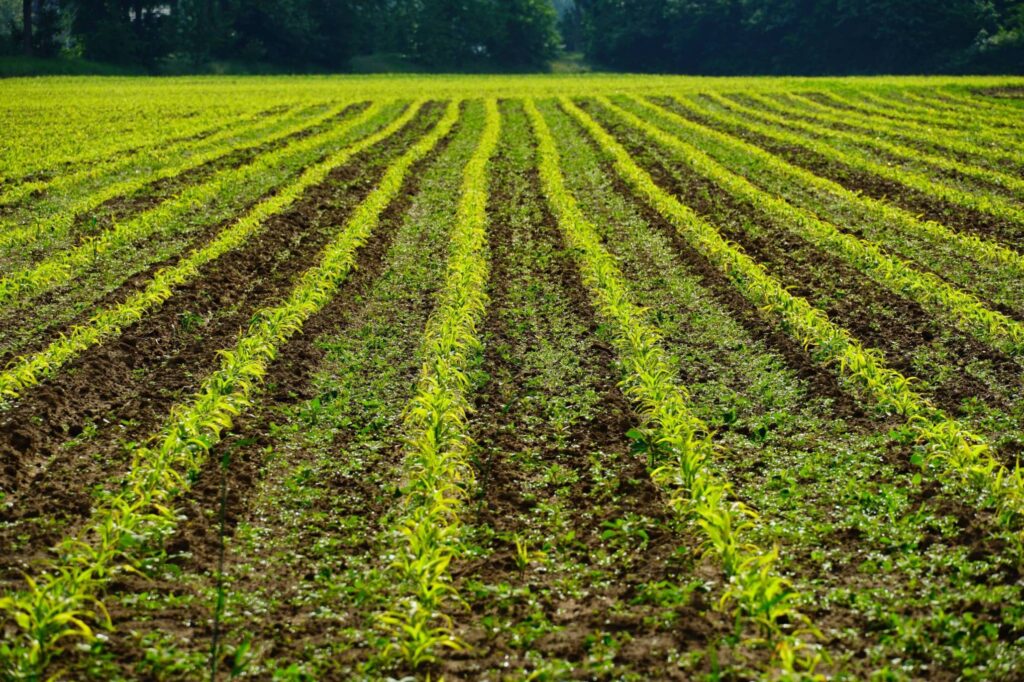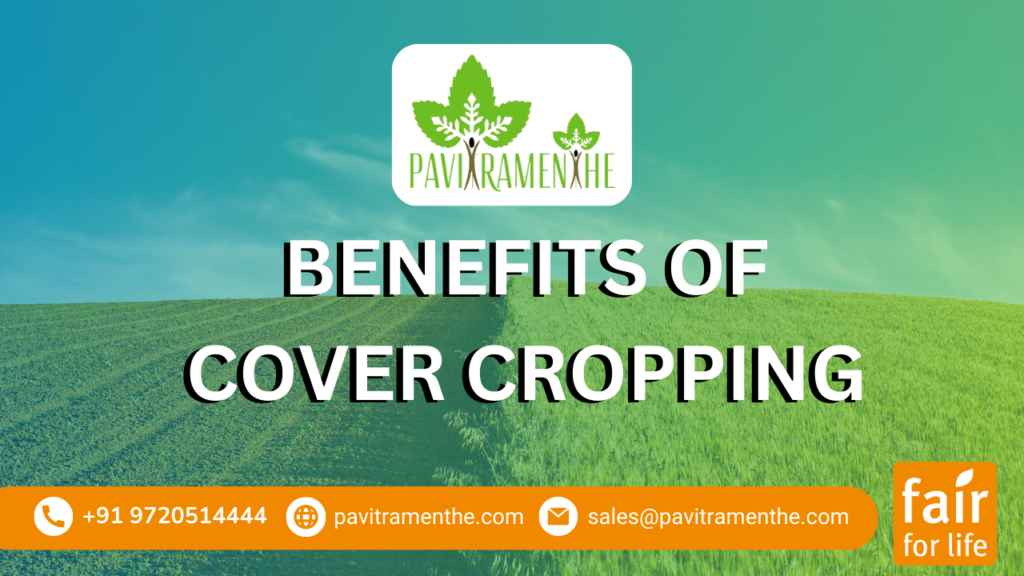Cover cropping is the practice of growing crops specifically to benefit the soil rather than for harvest. Cover crops are usually planted in between cash crops or during fallow periods to help protect and improve the soil. They can be a mixture of grasses, legumes, or other plant species and are typically not harvested.
The benefits of cover cropping are numerous, including:
Soil health: Cover cropping improves soil health by increasing organic matter, improving soil structure, and reducing erosion.
Nutrient cycling: Cover crops take up nutrients from the soil and then release them back into the soil when they decompose, making them available for the next crop.
Weed suppression: Cover crops can suppress weeds by competing for resources and shading out weed seedlings.
Pest management: Cover crops can attract beneficial insects and other organisms that help control pests.
Water management: Cover crops can help reduce soil erosion and runoff, which can improve water quality


The need for cover cropping is increasingly important as agriculture becomes more intensive, with a greater focus on high-yield crops and heavy use of fertilizers and pesticides. Cover cropping can help farmers reduce their reliance on synthetic inputs and promote more sustainable farming practices. In addition, as climate change continues to affect agricultural systems, cover cropping can help improve soil resilience and reduce the negative impacts of extreme weather events.
Cover cropping can also provide additional benefits depending on the specific species chosen and the management practices used. For example, legume cover crops can fix nitrogen from the air, reducing the need for synthetic nitrogen fertilizers. Some cover crops can also provide forage for livestock or be harvested for hay, adding to farm income.
In addition to the benefits to soil health and farm productivity, cover cropping can also provide ecosystem services such as carbon sequestration, wildlife habitat, and biodiversity conservation.
Read This Article:
Crop Rotation and its Benefits–
The use of cover crops has been shown to be effective in various cropping systems, including row crops, orchards, and vineyards. However, the success of cover cropping depends on several factors, including soil type, climate, and management practices.
Overall, cover cropping can be a valuable tool for improving soil health, reducing environmental impacts, and promoting sustainable agriculture. As such, it is increasingly being promoted and adopted by farmers, researchers, and policymakers around the world. cover cropping is a promising tool for promoting sustainable agriculture and improving soil health. While there are challenges and limitations, with careful selection and management, cover crops can provide numerous benefits for both farmers and the environment.
Read Also-
Conservation Tillage: Protecting Soil Health and Increasing Crop Yields
Crop Rotation and its Benefits
Floor Price Discussion with Farmers: Ensuring Fairness and Sustainability
The Impact of Fair for Life Stores: Driving Positive Change in the Supply Chain:
Health Benefits of Organic Herbs & Spices: A Natural Path to Wellness
Conservation of Biodiversity: Our Planet’s Ecological Wealth
Strong Mandate on Carbon Footprint
What is composting and its benefits
·
·

